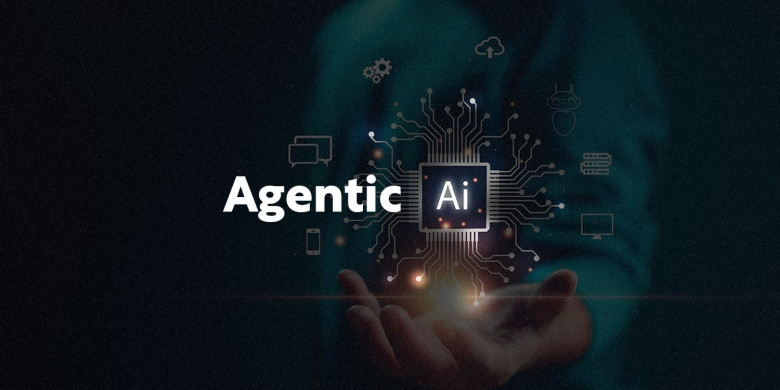views
Understanding the Economic Impact of Autonomous AI Systems
The business landscape is experiencing a fundamental shift as organizations discover that agentic AI solutions can deliver unprecedented cost reductions while maintaining operational excellence. Recent industry analysis reveals that companies implementing autonomous AI systems achieve an average cost reduction of 92% across core business processes, fundamentally changing how enterprises approach efficiency and resource allocation.
Unlike traditional automation tools that require constant human oversight, agentic AI operates independently, making decisions and executing tasks with minimal intervention. This autonomy translates directly into economic benefits through reduced labor costs, eliminated human error, and accelerated processing speeds that compress time-to-value cycles.

The Financial Mechanics Behind 92% Cost Reduction
The substantial cost savings emerge from multiple economic factors working in concert. Traditional business processes often involve multiple human touchpoints, each representing salary costs, benefits, training expenses, and operational overhead. Agentic AI eliminates these recurring expenses while operating continuously without breaks, vacation time, or sick leave.
Processing efficiency represents another significant economic driver. Where human workers might complete 50-100 transactions per day, autonomous AI systems can process thousands of equivalent tasks in the same timeframe. This exponential productivity increase means organizations can handle dramatically increased workloads without proportional cost increases.
Error reduction contributes substantial hidden savings. Human error in data processing, decision-making, and execution often requires costly rework, compliance remediation, and customer service interventions. Autonomous AI systems maintain consistent accuracy rates exceeding 99.5%, virtually eliminating these downstream costs.
Transforming Operations Through Intelligent Automation
The implementation of intelligent automation extends beyond simple task completion to encompass complex decision-making processes. Modern agentic AI systems can analyze market conditions, assess supplier performance, evaluate contract terms, and recommend strategic actions based on real-time data analysis.
This capability transformation enables organizations to reduce entire departments while improving output quality. For example, procurement functions that traditionally required teams of analysts can now operate with a single specialist overseeing autonomous AI agents that handle vendor evaluation, contract analysis, and purchase optimization.
The economic multiplier effect becomes apparent when considering that these systems operate 24/7 across global time zones, effectively providing three-shift coverage without the associated labor costs. Organizations report achieving round-the-clock operational capabilities at a fraction of traditional staffing expenses.
Strategic Implementation and ROI Realization
Successful deployment of agentic AI requires strategic planning to maximize economic benefits. Organizations achieving the highest cost reductions typically implement these systems in phases, starting with high-volume, standardized processes before expanding to more complex decision-making functions.
The initial investment in autonomous AI technology typically pays for itself within 6-12 months through direct cost savings. However, the long-term economic impact extends far beyond immediate expense reduction. Companies report improved competitive positioning, enhanced customer satisfaction, and increased market responsiveness as secondary benefits.
Risk mitigation represents another crucial economic factor. Agentic AI systems provide consistent performance regardless of external factors like labor shortages, economic volatility, or supply chain disruptions. This reliability translates into predictable operational costs and reduced business continuity risks.
The Future Economic Landscape
As agentic AI technology continues advancing, cost reduction percentages are expected to increase further. Machine learning capabilities enable these systems to continuously optimize their performance, identifying new efficiency opportunities and adapting to changing business requirements without additional programming costs.
The economic implications extend beyond individual organizations to entire industry ecosystems. As more companies adopt autonomous AI solutions, competitive pressure increases for widespread implementation, creating market dynamics that favor early adopters while establishing new baseline expectations for operational efficiency.
Organizations that embrace agentic AI today position themselves advantageously for future market conditions where autonomous intelligence becomes the standard rather than the exception. The 92% cost reduction figure represents not just current savings but a foundation for sustained competitive advantage in an increasingly AI-driven economy.



Comments
0 comment